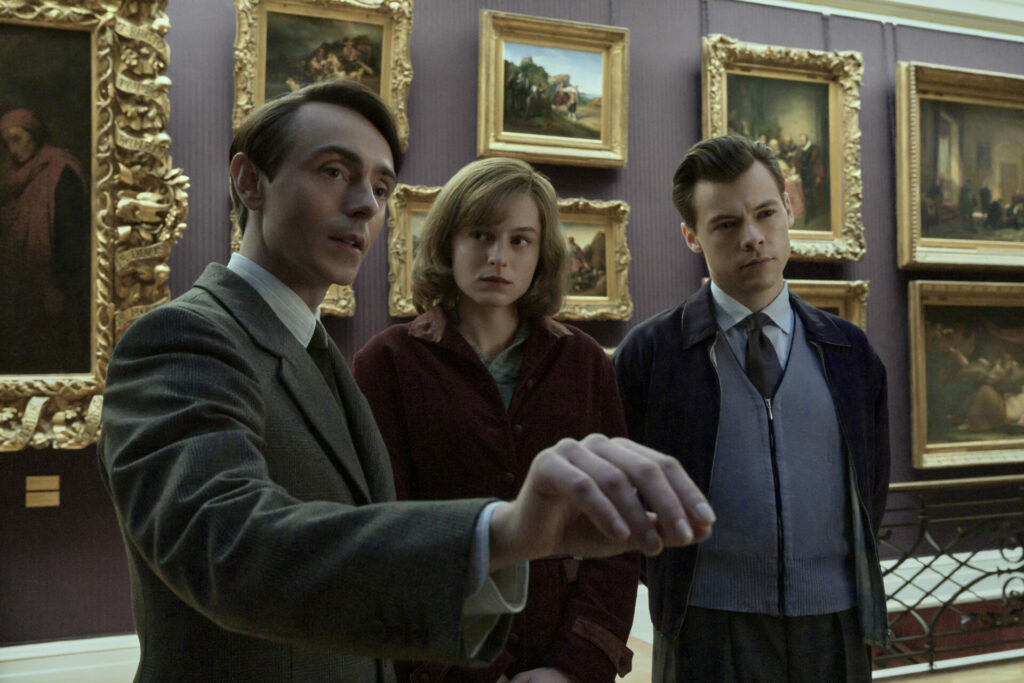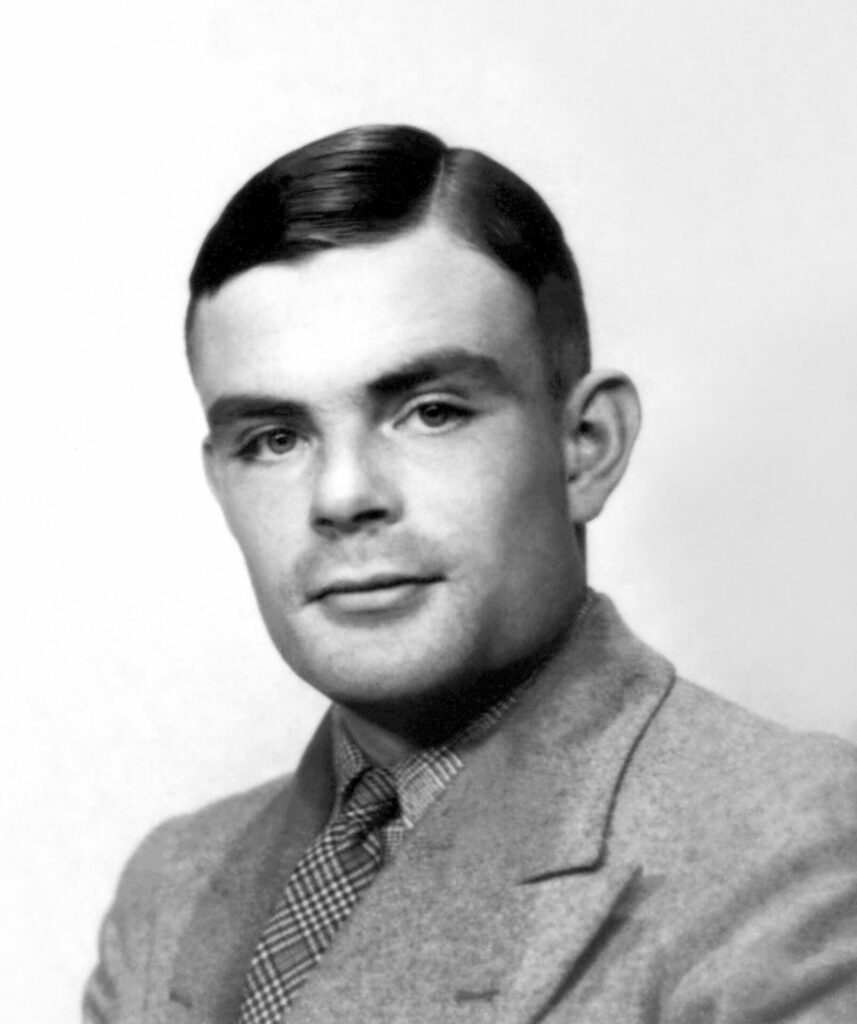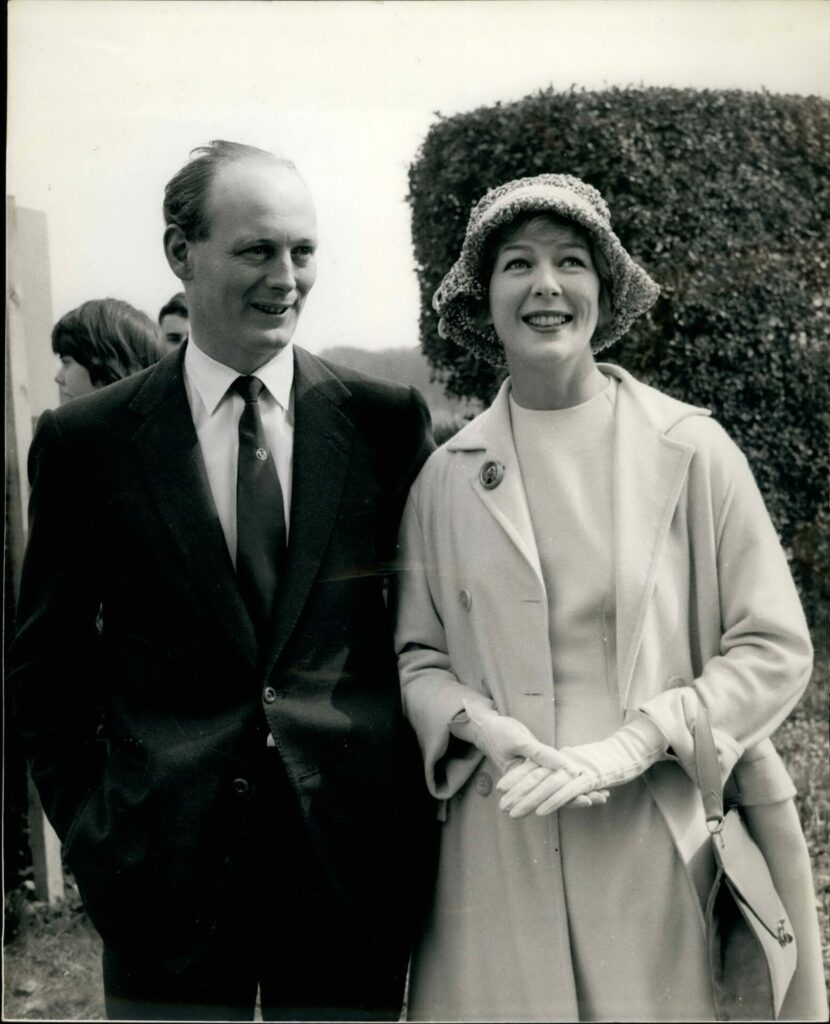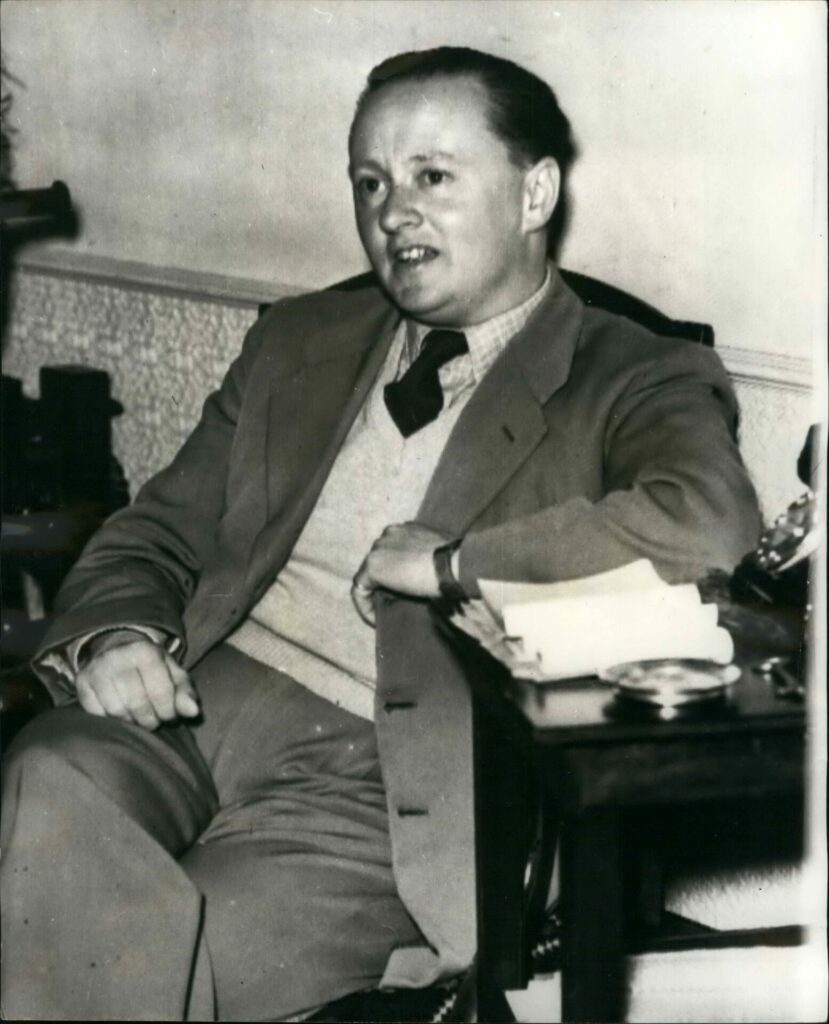My Policeman: How the 1950s and ’60s sparked the modern age of queer liberation
As 1950s-set romantic drama My Policeman arrives on Prime Video in the UK, we look back at this often-surprising era of attitudes towards queerness.

In partnership with Prime Video
When faced with the question ‘when did gay liberation happen’, most of us think of the ’70s. In the UK, the early years of that decade saw the formation of the Gay Liberation Front and the first Pride marches. Pop culture icons such as David Bowie celebrated androgyny and marketed a decidedly queer sense of style. Sex between men had been partially decriminalised in 1967, removing the threat of blackmail, arrest and imprisonment which had hung over many queer men in the years before.
It is less common to think of the ’50s and ’60s as ‘queer’ decades, marked as they were by criminalisation and a markedly more conservative culture. This era did, however, lay much of the groundwork for queer liberation. It was during these years that a select few people began to identify themselves as gay, usually opting for the medically inflected term ‘homosexual’. Writing under the pseudonym Douglas Plummer in 1963, the author of a book titled Queer People, proclaimed: ‘I am a homosexual, a so-called “queer” or “pansy”’, adding that this was something he ‘admitted without shame’. Nearly a decade before the establishment of the Gay Liberation Front, this declaration (approaching something like queer pride) is remarkable, and points to the longer history of LGBTQ identity and the struggle for liberation before decriminalisation.
Perhaps the most famous example of the queer experience in ’50s Britain is that of Alan Turing. Born in 1912, Turing was a gifted mathematician whose work at Bletchley Park during the Second World War helped to break the Enigma machine codes. Turing later went on to play a major role in the development of computing. It was during his time working at the University of Manchester that Turing met a man called Arnold Murray. The pair began a sexual relationship in December 1951 which continued into February the following year. When Turing was burgled and Murray admitted to him that the culprit had been one of his associates, Turing went to the police, but gave a false description of Murray to hide their relationship. During questioning, however, Turing ‘confessed’ to homosexual encounters with Murray, outlining them in a five-page statement. On 31st March 1952, the pair pleaded guilty to the six charges levied against each of them.

Turing was, according to the charge sheet, ‘placed on probation for a period of 12 months’ and forced ‘to submit for treatment by a duly qualified medical practitioner at Manchester Royal Infirmary’. Like many other gay men at this time, who were understood to be suffering from an illness, Turing was ‘treated’ with chemical castration. He survived a little over two years before taking his own life. His lover, by contrast, was ‘bound over’, escaping with a suspended sentence.
Turing’s case points to the complex world that queer men navigated in the years following the Second World War. Sexual liaisons were possible but were accompanied by a legal and medical sword of Damocles. Fear of legal persecution and forced medical intervention changed depending on the ferocity with which homophobic legislation was being pursued. In the ’50s, these laws were aggressively policed. The Home Secretary between 1951-1954, Sir David Maxwell-Fyfe, had called for a ‘new drive against male vice’. The results of this can be seen in the number of ‘crime figures’ for England and Wales recorded by the UK government. Across the ’50s and ’60s, there were 29,553 crimes of ‘gross indecency between men’, and one of the most notable periods of increase occurred during Maxwell-Fyfe’s period as Home Secretary. When he took office in 1951, gross indecency figures hovered at around one thousand. By the end of his time at the Home Office four years later, these figures had doubled. Male homosexual sex was certainly a historical reality in the ’50s, but it came with mounting social and legal risks.
“Male homosexual sex was certainly a historical reality in the ’50s, but it came with mounting social and legal risks”
This intense policing gave Britain the greatest homosexual scandal of the ’50s, far eclipsing Turing’s case. The case in question concerned three socially elite male friends: Edward Douglas-Scott-Montagu (the British peer known as Lord Montagu), his cousin Michael Pitt-Rivers and Daily Mail correspondent Peter Wildeblood. The summer of 1952 saw Pitt-Rivers and Wildeblood attend a gathering (the nature of which was later disputed) at the Beaulieu estate of Lord Montagu. Wildeblood was accompanied by his lover, RAF airman Edward McNally, and it was later alleged that ‘some sort of orgy’ had taken place there. In early 1954, Montagu, Pitt-Rivers and Wildeblood were arrested, tried and convicted of varying sexual offences. Found guilty of gross indecency, Pitt-Rivers and Wildeblood were sentenced to 18 months in prison, while Montagu received 12 months. Montagu, who was bisexual, would go on to marry in 1958.

From his cramped, cold cell in Wormwood Scrubs, Wildeblood wrote the book that further secured his place in modern queer history. In Against the Law, published shortly after his release, Wildeblood announced his gay identity, writing ‘I am a homosexual’. Such a public statement was hugely significant. Douglas Plummer, writing eight years later, still felt unable to use his real name when he opened his book with the same words.
After his release from prison, Wildeblood repeated his declaration to the Wolfenden Committee, which had been set up to consider whether to decriminalise homosexuality and prostitution shortly after the trial of Montagu, Pitt-Rivers and Wildeblood. Wildeblood was one of only three gay men to give evidence to the committee. The historian Chris Waters has suggested that appearing publicly as ‘a homosexual’ is evidence of ‘a new kind of selfhood’ emerging. In other words, the ’50s may have been a time of punitive legal punishment, but it was also the moment in which gay men began identifying and articulating their identities as ‘homosexuals’. The Wolfenden Committee ultimately recommended partial decriminalisation of male homosexuality in 1957, but it would take another decade for this to be enacted.
Trans turning points
Although gay male cases attracted the most media attention, they were not alone in shaking up attitudes towards gender and sexuality in post-war Britain. Trans people also rocked the establishment during the ’50s and ’60s, becoming more legally and culturally visible as they did so. Ewan Forbes, who was assigned female at birth, was born into an ancient Scottish aristocratic family in 1912 (the same year as Turing). His sympathetic mother Gwendolen recognised what we would now describe as his transgender identity and helped Ewan to access medical intervention. Travelling across Europe during the interwar period, Gwendolen secured Ewan consultations with the best physicians in the nascent discipline of endocrinology, who likely provided him with access to testosterone.
As a result, Ewan lived his entire adult life as male. Ewan corrected the sex on his birth certificate in 1952, shortly before he legally married his wife Patty, with whom he spent the rest of his life. ‘Legally’ is an important word here. Eighteen years after Ewan and Patty’s marriage, the landmark 1970 legal case Corbett v Corbett ruled that trans people could not legally marry. As Ewan had corrected his birth certificate, his marriage to Patty was unaffected, but following Corbett v Corbett, for many trans people the opportunity to do so was removed.

That Ewan enjoyed a legal marriage to Patty and had been able to correct his birth certificate are not the only indicators of a post-war legal system that was surprisingly tolerant towards trans people. When his elder brother died in 1965 without legal heirs, Ewan inherited one of the family titles, becoming Sir Ewan Forbes of Craigievar. His succession was not a smooth one. A distant cousin, John, challenged Ewan’s claim to the Baronetcy on the basis that he had been assigned female at birth and registered initially as female. John hoped this would rule Ewan out of the title, which was legally obligated to pass to male heirs.
“The decades after the end of the Second World War were not easy ones for LGBTQ Britons”
To be sure, the process of staking his claim to the title was a degrading one for Ewan. The scholar Zoë Playdon has reconstructed in excruciating detail the medical, legal and personal challenges which Ewan was forced to go through as he repudiated his cousin’s case. Ultimately, though, Labour Home Secretary James Callaghan (whose decision it was after several rounds of appeal) sided with Ewan, ruling that he should be entered into the Rolls of the Baronetcy in December 1968. In an age where self-identification specifically, and trans people’s lives more generally are so fraught, it is hard to imagine that the ’50s and ’60s witnessed such moments in trans history. They are important reminders that the current state of affairs is not inevitable. Things can be – have been – different.
The decades after the end of the Second World War were not easy ones for LGBTQ Britons. Lesbian women were not legislated against as gay men were, but they were still unfairly dealt with by the legal system. Family courts frequently deemed lesbians to be ‘unfit mothers’ and there was no legal protection for women whose employees sacked them after discovering their sexuality. Prominent cases such as Peter Wildeblood’s, though, did start to usher in change. Homosexuality was more visible than it had been previously, and the merits of decriminalising sex between males was being actively considered. LGBTQ people took their first steps towards collective organisation in these years, forming the North-Western Homosexual Law Reform Committee in 1964. Although the ’50s and ’60s may not have been decades of liberation, this period is integral to explaining the shifting social and legal status of queer people in post-war Britain.
My Policeman is available to watch now on Prime Video.
Dr George Severs is a historian at Birkbeck, University of London.
